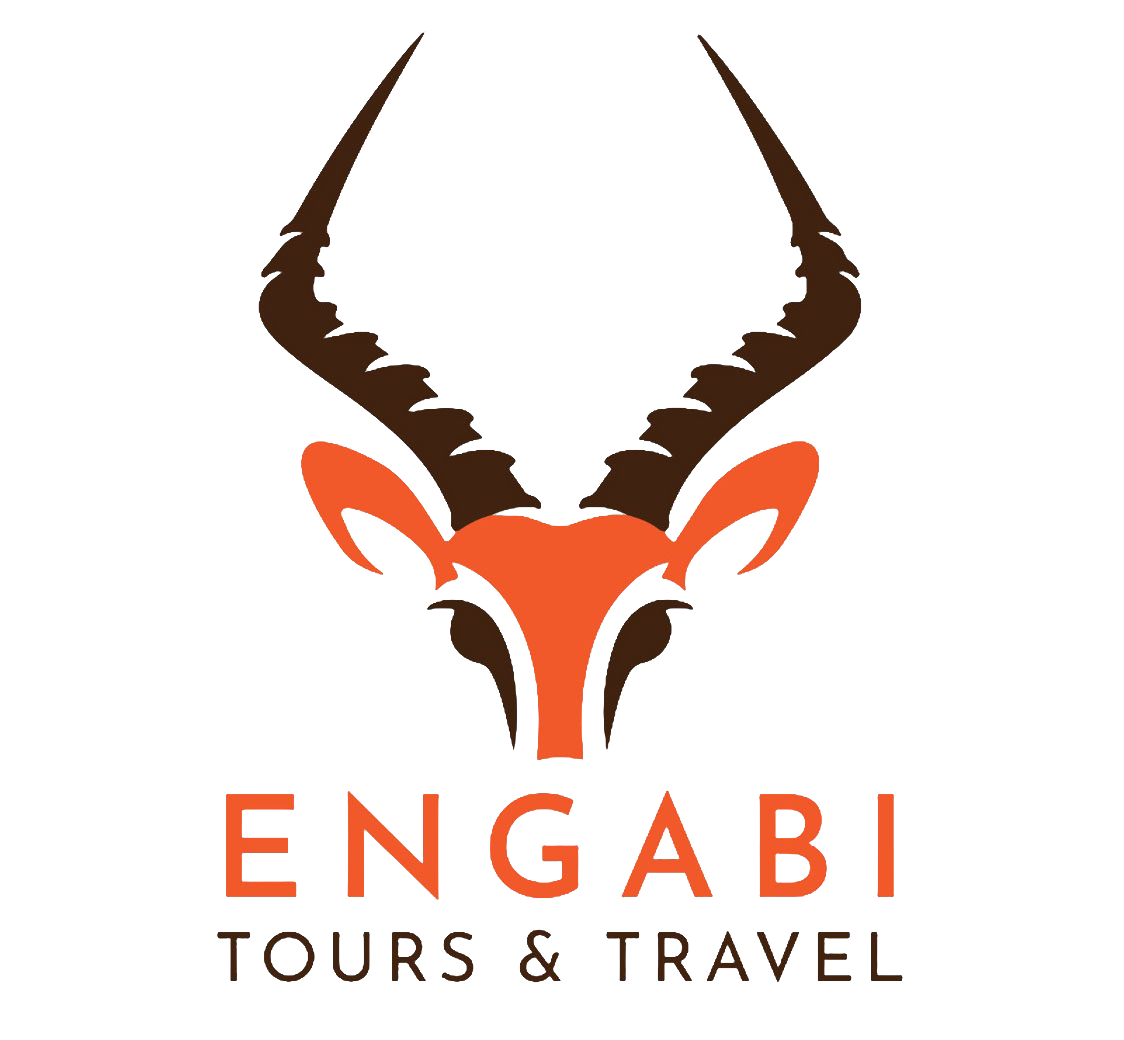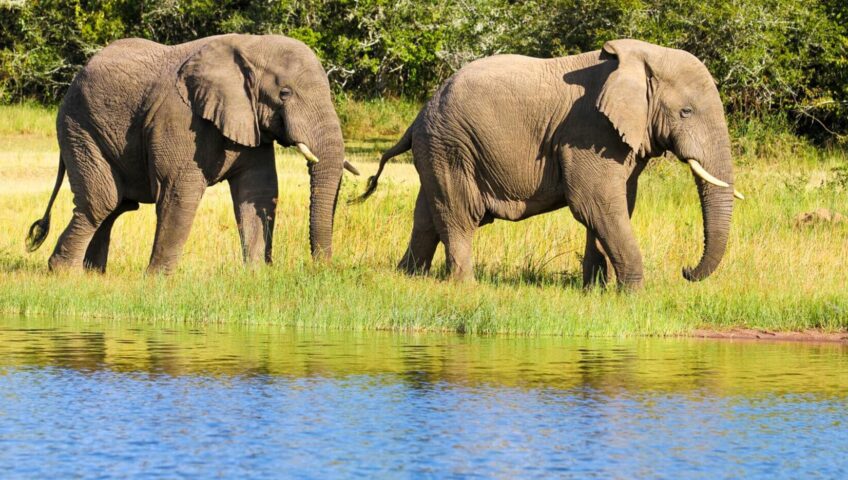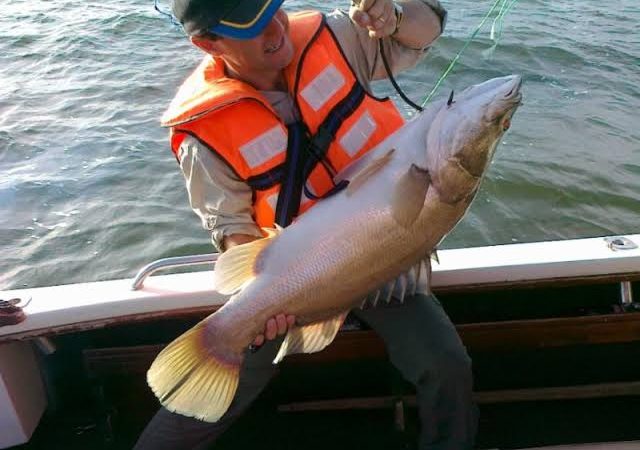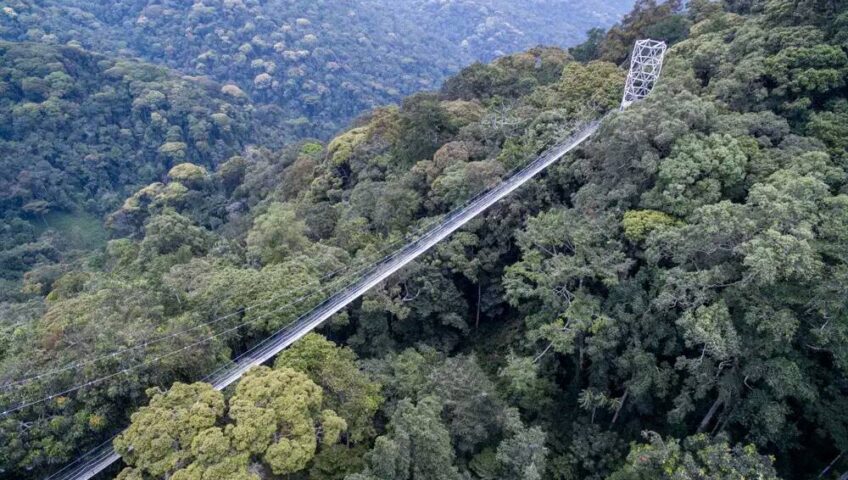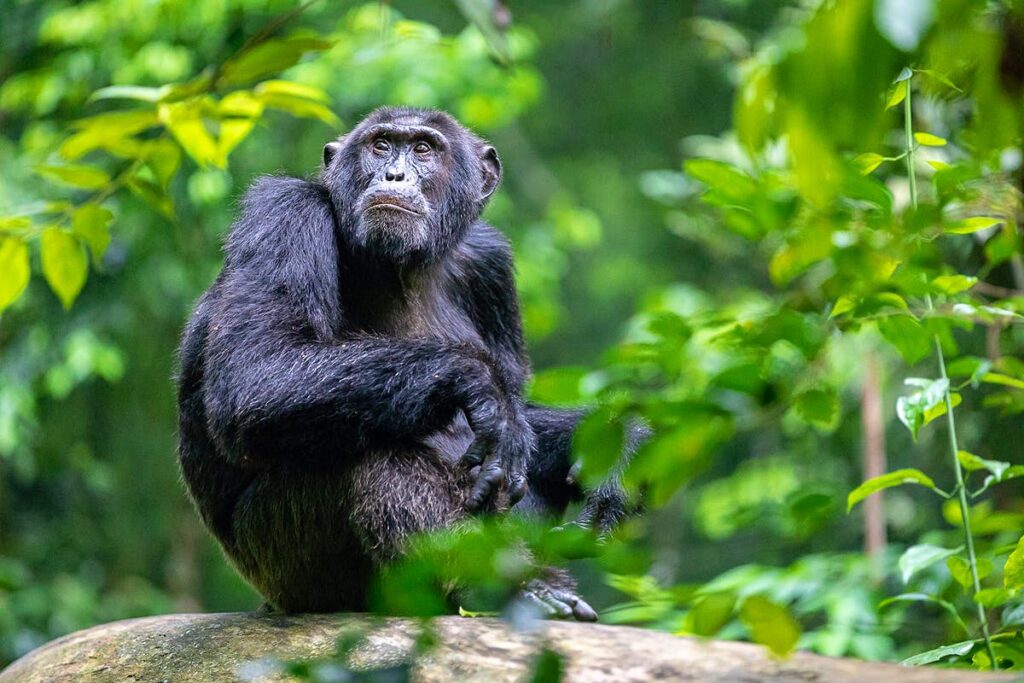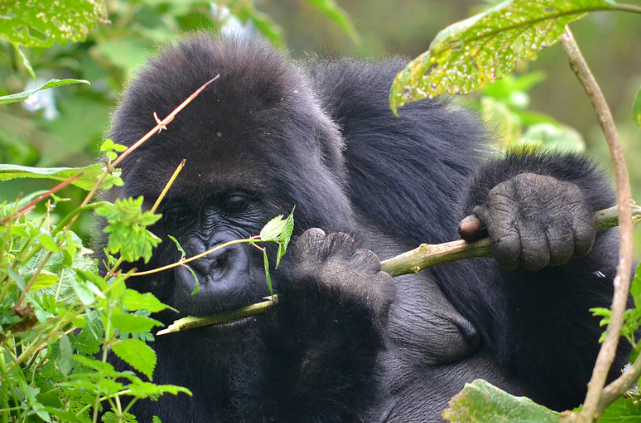
Volcanoes National Park
The majority of the tourist activities available at Volcanoes National Park in Rwanda may be found there. The 160 square kilometer-large Volcanoes National Park is situated in Musanze, the northernmost province of Rwanda. Along with the Congo’s Virunga National Park, the park is a part of the Virunga Conservation Area, which also includes Uganda’s Mgahinga Gorilla National Park and is home to the critically endangered mountain gorillas.
Rwandan mountain gorillas were placed under protection at Volcanoes National Park in 1925. The park is home to five of the eight lush volcanoes, including Mount Karisimbi (4507 meters above sea level), Mount Muhabura (4127 meters), Mount Gahinga (3474 meters), Mount Sabinyo (3634 meters), and Mount Bisoke (3711 meters). All of these volcanoes have white-capped peaks, gorgeous rainforests, and bamboo vegetation on their slopes, as well as small tranquil lakes. After Bwindi Impenetrable National Park, Volcanoes National Park has the second-highest mountain gorilla population.
The Volcanoes National Park received more attention after Dian Fossey arrived there in 1967 to conduct research that led to the creation of the Karisoke Research Centre. However, Dian Fossey saw the necessity for mountain gorilla protection because of the numerous deaths brought on by poaching and wildlife trafficking that were occurring in the park. Poaching decreased as a result, but her problems began after that, and they eventually resulted in her death in 1985. Even after her passing, gorilla conservation projects were able to continue because of the increased cash brought in by her conservation efforts.
Along with housing roughly 30% of the remaining mountain gorillas, the Volcanoes National Park is home to lovely golden monkeys who eat the lower altitude plants, such as bamboo shoots and other plant life. The park is home to chimpanzees, several other primates, and large creatures like forest elephants, buffaloes, leopards, forest hogs, and many more. There are several bird species, 200 different species total, that can all be found in the park, including the Rwenzori Turaco.
Since Volcanoes National Park also has a variety of other attractions to offer, wildlife alone does not do the park justice. The park’s rugged terrain, lush forest cover, lakes, and numerous small rivers also add to its allure.
Activities in Volcanoes National Park
The most popular activity in Volcanoes National Park is gorilla trekking, although there are a variety of other activities that visitors can partake in. Mountain gorilla tracking is one activity that needs to be scheduled in advance, but the rest may be done whenever you are in the park. The following are some of the things visitors can do in the park:trekking with mountain gorillas
Trekking through lush foliage in pursuit of endangered mountain gorillas is known as “mountain gorilla trekking.” In addition to the three national parks in the Congo and Uganda that were previously mentioned, mountain gorilla trekking is also possible in Rwanda’s Volcanoes National Park. Ten habituated mountain gorilla groups can be trekked with the assistance of knowledgeable and trained park rangers at Volcanoes National Park. The gorilla groups include the fully habituated Titus, Amahoro, Susa, Kwitonda, Agashya, Umubano, and Sabinyo gorilla groups as well as the Hirwa gorilla troop, which migrated to Uganda in 2019 but is anticipated to return. Depending on where the gorilla group is, trekking with mountain gorillas can be rather taxing.
To undertake mountain gorilla trekking, one must first obtain a permission from the Rwanda Development Board or from a reputable travel operator. The information from a traveler’s passport is typically needed to pay the $1,500 Rwandan gorilla permit fee. Booking must be made three to four months in advance to ensure a spot.
Mountain gorilla trekking in Volcanoes National Park frequently begins at 7 am with a briefing by the rangers at the park’s Kinigi headquarters. The rangers make plain the rules and regulations for both the protection of the mountain gorillas and the safety of tourists. The eight-person groups are then established and given gorilla tracking groups. Travelers are only permitted one hour with mountain gorillas when they come into contact with them, during which time photos and movies may be taken. Depending on the mountain gorillas, the gorilla trekking experience in the Volcanoes might last anywhere from 30 minutes to 5 hours or longer.
Seniors and anyone with restricted mobility can also embark on a mountain gorilla expedition. Regardless of your age or skill, all you need to do is get in touch with a reliable tour operator to assist you plan a gorilla trekking safari. Do this far in advance. However, it is not permitted for anyone under the age of 15 to go gorilla trekking. at order to have a successful gorilla trekking safari experience at Volcanoes National Park, visitors are also urged to bring the basics for gorilla tracking.
Golden monkey Tracking
Golden monkeys are a stunning sight, and you may see them at Uganda’s Mgahinga Gorilla National Park and Rwanda’s Volcanoes National Park. Gorilla trekking is the most popular because golden monkeys are also an endangered kind of primate. A must-do activity while visiting Volcanoes National Park is to get the chance to see these golden monkeys jumping from one bamboo tree to another while they feed and groom. Golden monkeys live in groups of up to 100 people and are typically led by a strong male. They graze on bamboo shoots that grow at the volcano’s slopes.
Mountain hiking
Mountain hiking is a must-do in the park due to the presence of several volcanoes. Any of the volcanoes’ vistas are so breathtaking and picturesque that they are worth the difficult ascent. No matter which volcano you choose to ascend, make sure to get a view of the other four in the park. Be sure to use the opportunity to see animals, including mountain gorillas, and other primates during the hike. Birdwatchers should keep a sharp eye out for some of the park’s birds.
Bird Watching
One of Rwanda’s three Important Birding Areas is Volcanoes National Park. With over 200 different bird species, you can be sure that with the assistance of a knowledgeable bird guide, who will show you where to look and help you spot many of them, notably the endemics of the Albertine Rift, you will see a number of them. Don’t forget to bring your binoculars.
Visiting Dian Fossey tombs
Great primatologist Dian Fossey made it possible for thousands, if not millions, of people to see her prized mountain gorillas. The world became aware of Volcanoes National Park in particular thanks to her study and conservation efforts. ‘Gorillas in the Mist’ was really filmed right here in the park where she had lived for roughly 18 years prior to being killed. Travelers will have the opportunity to follow in the footsteps of Dian Fossey and learn more about her work and the conservation efforts that resulted in a significant decrease in poaching in the park by hiking to the Dian Fossey graves. Hikers who make the journey to her former residence and current gravesite will witness her tenacity and devotion to these mountain gorillas. In reality, Dian Fossey was interred beside her gorilla companion Digit and roughly 20 other gorillas who had died as a result of poaching and other causes.
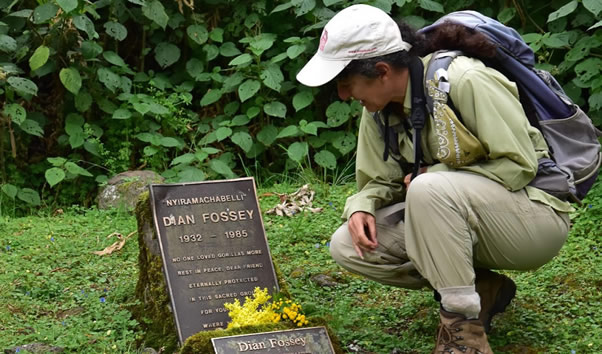
Visit Musanze caves
These caves were formed underneath and feature a space where people can easily enter them. Given that there are numerous volcanoes in the park, their formation as a result of volcanic eruptions explains their existence. There, people can go and unwind.
Another thing that travelers can do is go to the twin lakes of Ruhondo and Burera, especially after a strenuous mountain trip, gorilla excursion, or golden monkey hunt. They are the ideal setting for a relaxing afternoon of picnicking or boating through the deep waterways, both of which will reward you with stunning scenery, wildlife, and waterfalls.
The Iby’Iwacu cultural encounter will also allow visitors the ability to learn about the way of life of the residents, participate in their local activities, and hear about their rich heritage and culture that set them apart from other Rwandans.
The dry months of June through October and mid-December to mid-February are the best times of year to visit Volcanoes National Park since the roads are more accessible and the vegetation is not as overgrown. Although the other months are regarded as wet, it should be remembered that as the park is a rainforest, it may still rain during the dry season.
It barely takes two hours to drive from Kigali to Musanze town, which is where Volcanoes National Park is located. If you’re taking a one-day gorilla safari in Volcanoes National Park, you can reach the park via Kigali or Gisenyi to the Kinigi park headquarters or to your lodging inside the park, from which you can carry out the activities listed on your schedule.
In addition to gorilla trekking, which is the park’s main draw, Volcanoes National Park has a lot to offer. Spend some time creating the ideal vacation schedule with a dependable tour operator that will go above and beyond to ensure you have the greatest time possible in Volcanoes National Park.
